Build summarising skills with fiction texts using these teaching slides.
Mastering Summarising Fiction Texts
Are you currently teaching your students to summarise fiction texts? A crucial skill that enhances their comprehension and analytical abilities.This set of slides has been designed to equip students with the skills to effectively summarise fiction texts by identifying key elements within a narrative, including the main characters, setting, plot events, and central themes. By guiding students to summarise fiction texts effectively you’re encouraging them to distinguish between essential information and details allowing them to hone their ability to condense the storyline.Summarising a fiction story is different to retells.
Summarising vs Retell
Summarising and retelling are both valuable skills in comprehension, but they differ in their focus and depth. Summarising involves distilling the main ideas and essential details of a text into a concise and cohesive overview, capturing the core elements without unnecessary details. This skill requires students to identify the central themes, key events, and main characters while omitting extraneous information. On the other hand, retelling involves narrating the story in a more detailed manner, often encompassing a chronological account of events. Retelling emphasises a thorough grasp of the narrative, encompassing character actions, dialogues, and specific plot points. While summarising sharpens students’ ability to extract and articulate the core message efficiently, retelling allows for a more comprehensive exploration of the narrative’s richness. Both skills play a crucial role in developing students’ comprehension, communication, and critical thinking abilities.
Ready-Made Lessons on Summarising
This 18-slide presentation addresses the following content:
- What is a summary?
- Summarising
- Summaries should and should not
- Summary checklist
- When to summarise
- How to summarise
- Summarising fiction (using the SWBST strategy)
- Example
The slide deck also includes student activities to help students demonstrate their understanding of the concepts presented. These activities include:
- KWL Chart
- Turn and talk – think about when you had to summarise a text. What did you struggle with? What did you excel in?
- A couple of ‘show what you know’ questions and answers.
Download and Learn Today!
Use the dropdown menu to choose between this resource’s PowerPoint or Google Slide versions.
This resource was created by Lindsey Phillips, a Teach Starter collaborator.
More Summarising Resources for the Classroom
Looking for more resources to add to your lesson planning? We have you covered…
[resource:5058428] [resource:43646] [resource:4970994]
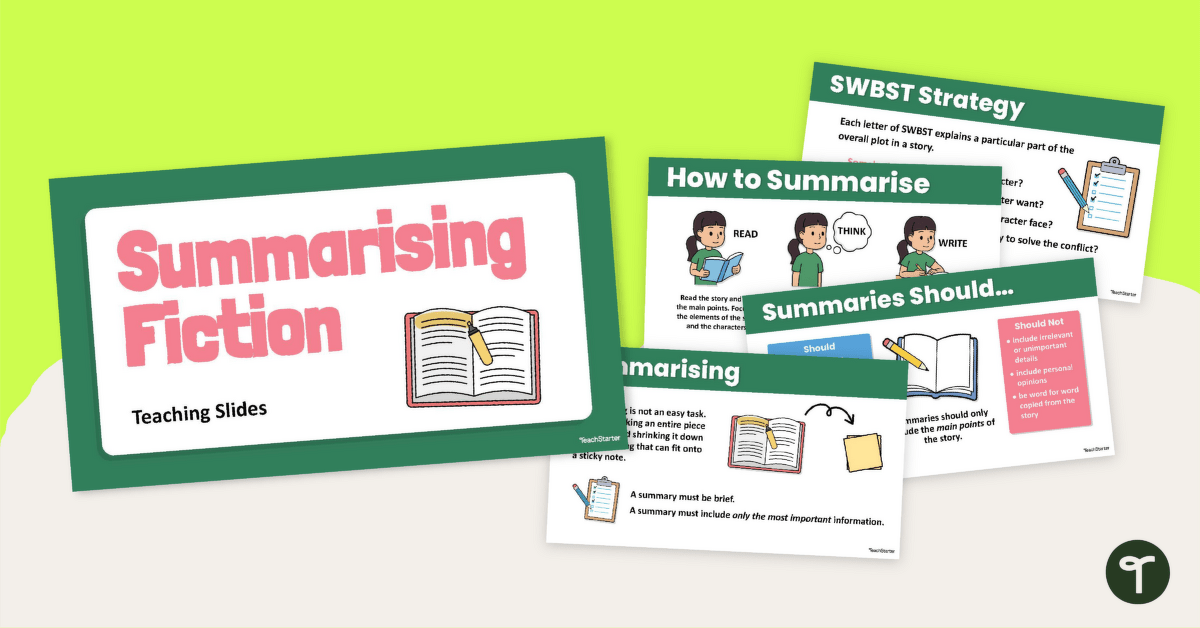


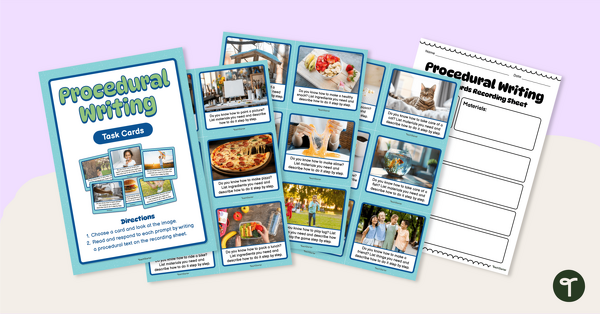
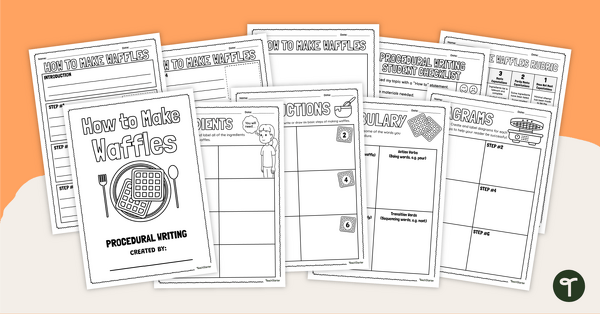
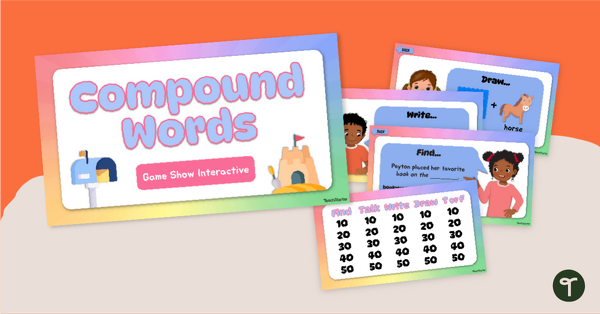
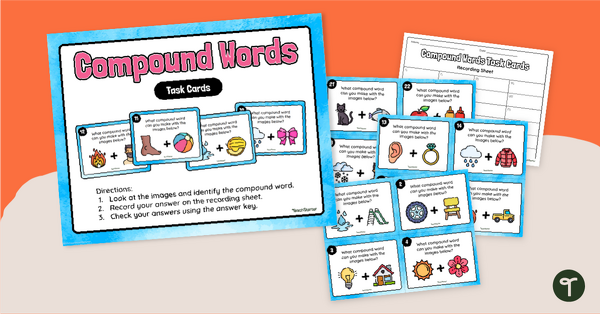
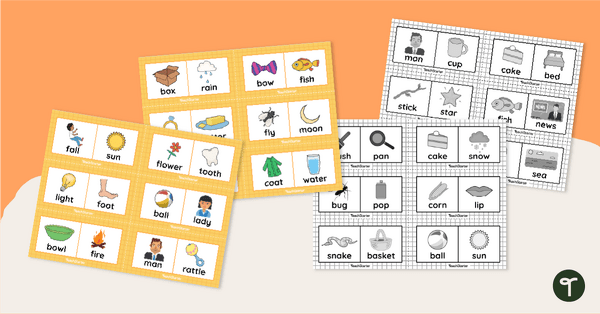
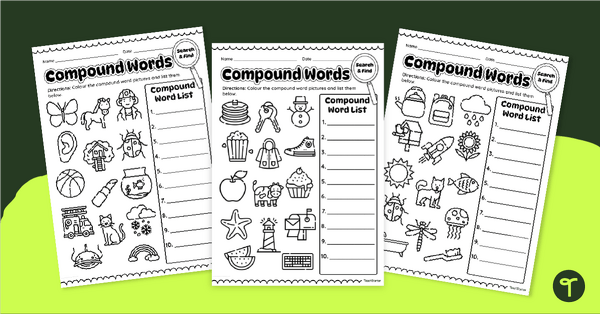


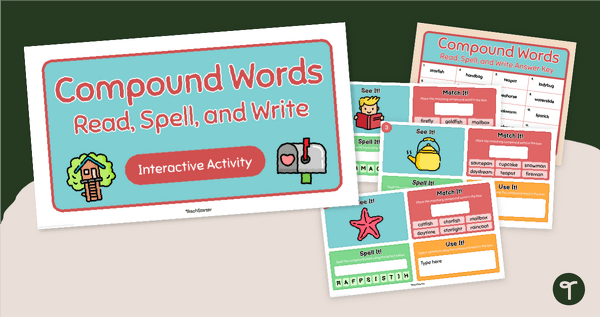
0 Comments
Write a review to help other teachers and parents like yourself. If you'd like to request a change to this resource, or report an error, select the corresponding tab above.